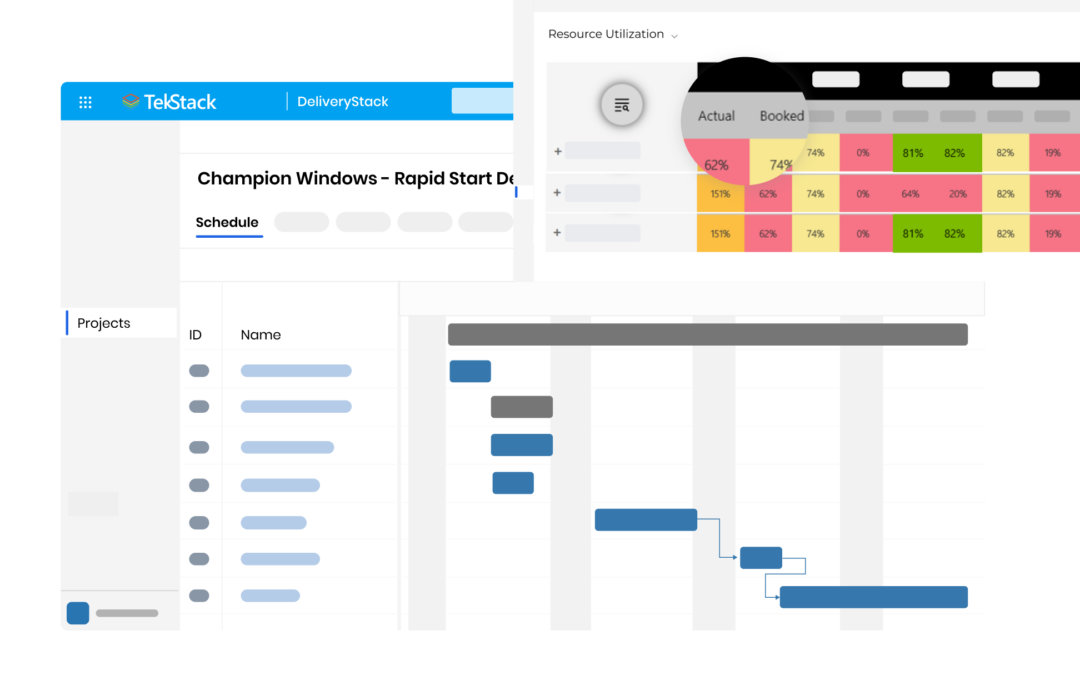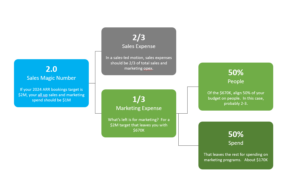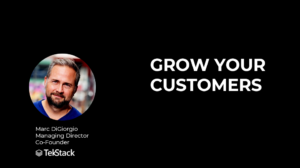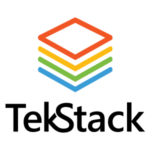
With changes to Microsoft’s partner programs, partners are more reliant than ever on driving profitability from services work. At the same time, customers have become more reluctant to sign off on big open ended T&M projects. There is a solution to this. Here are a number of easy ways to achieve increased profitability on projects.
Set the correct expectations in the sales process
The first thing that will pull a project off the rails is when the customer thinks they’ve bought one thing but the services team thinks they bought something entirely different. Well defined SOWs that are reviewed and approved by the services team is an important start. Make sure you have a defined set of assumptions that you can template from one SOW to the next. An hour invested in the SOW creation will save 5-10 hours of write downs later.
Define customer responsibilities
Another area projects suffer at the expense of the vendor is when the customer delays their end of things, or don’t provide the resources required for the project. You need to set the tone in the beginning. If a customer isn’t pulling their weight, you need to let them know early, otherwise the project risk transfers to you. Every month delay on the project will extend budget even if there isn’t work being done. It costs your team’s availability for other projects and costs you project management hours.
Be diligent with your project updates
Track project risks, actions, issues, and key decisions. These will help you manage scope creep, or project issues that drive free work, rework, or project delays. Communicate often and early with customers.
Define a change request process
Even if you are doing $0 change requests (CRs) make sure to get your customer in the habit of seeing CRs when they ask for additional time, new features or other. CRs only work when you have a well defined SOW. Everything is rosy in the beginning of a project but at the end of the project your customer will start to feel the billing fatigue and the risk transfers directly on to your back. If they are in the habit of receiving change requests, it will help curb project scope.
Reduce discovery or analysis phases
This early project phase is the one which sets the project scope and requirements definition. The more time you invest in this phase, the more you scope you are going to find. You’re much better off shortening this phase and define a tighter project scope aligned completely to the business objectives. Anything that comes up during the course of the project that sits outside of the finalized requirements can be served through a Change Request process.
Delineate senior resources from more junior resources
If a project has 1000 hours of work for a consultant, try delineating which resources require a senior’s participation. For example, analysis work should require a senior where testing and training work could use a more junior resource. You can set senior resources at a higher rate so that the customer can decide when they want to work with a more senior resource. This is a great way to onboard new consultants but also drive higher project margins.
Standardize project plans using project templates
Too often, each project manager has their own approach to projects, with their own task structure, efforts, and task budgets. By standardizing across project managers, you can find opportunities to optimize project templates.
Get better at resource scheduling
Nothing sucks profitability from the team more than having resources sitting idle on the bench. With fluid projects its inevitable that pockets of availability start opening up with your resources. Keep a close eye on utilization, not just in the past, but also upcoming. Now this only works with diligent time entry practices. Make sure those time sheets are updated weekly. Finding an extra 10 hours a week per consultant will make a huge impact on your profitability.
How can TekStack help?
TekStack’s Delivery module combines Project Management tools with Time Tracking and Billing. Setup Projects with a project template, assign the available resources, communicate changes with customers, track and approve time against projects, bill time or release billing milestones for invoicing. All from a single platfrom. The result? More profitable projects, reduced billing leaks, and end to free work, as well as happier customers.
Some additional resources
Additional resources that might be useful:
Maximizing Profitability with Fixed Price Projects
Taking a modern approach to managing your Services Team
Why its time to think about Professional Services Automation








